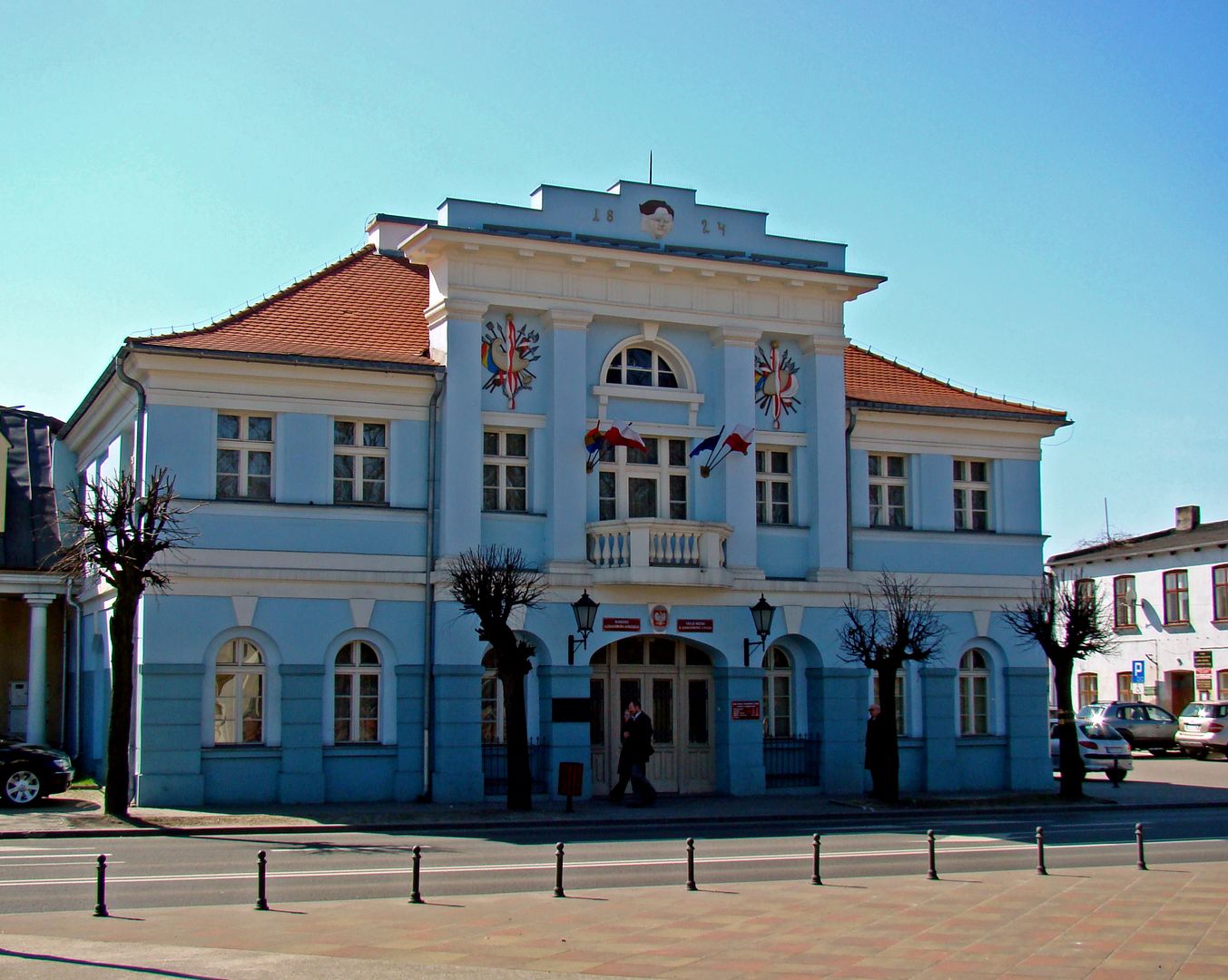Aleksandrów Łódzki
6.75

Overview
Aleksandrów Łódzki is an urban-rural municipality in Poland, located in the Łódź Voivodeship, within the Zgierz County, with its administrative seat in the town of the same name. The municipality covers an area of 115.6 km², of which rural areas account for 102.1 km². According to data from December 31, 2007, the population was 26,851. The municipality consists of 26 village councils (sołectwa), comprising 30 localities, including rural ones such as Nowy Adamów, Bełdów, and Chrośno, as well as urbanized ones like Brużyca Wielka and Szatonia. The history of the municipality dates back to January 1, 1973, when it was formed by merging village councils from various municipalities. From 1975 to 1998, it was part of the Łódź Voivodeship. In 1988, the municipality's territory was reduced, with some areas incorporated into nearby cities such as Łódź, Zgierz, and Konstantynów Łódzki. Agriculture dominates the municipality, with 60% of the land being agricultural, while forests cover 26%. Aleksandrów Łódzki is distinguished by its rich natural heritage, including the Torfowisko Rąbień floral reserve, home to protected species of plants and animals. In Bełdów, there are monumental trees, including a pedunculate oak with a circumference of 768 cm, one of the largest trees in the voivodeship. Localities like Bełdów and Zgniłe Błoto are known for their numerous fishponds. The local economy is primarily based on the textile industry and trade. Neighboring municipalities include Dalików, Konstantynów Łódzki, Lutomiersk, Łódź, Parzęczew, and Zgierz, which fosters the development of local transportation and cooperation. Aleksandrów Łódzki, blending history, nature, and distinctive architecture, is an interesting area both for living and visiting.
Location
2025 Wizytor | All Rights Reserved

